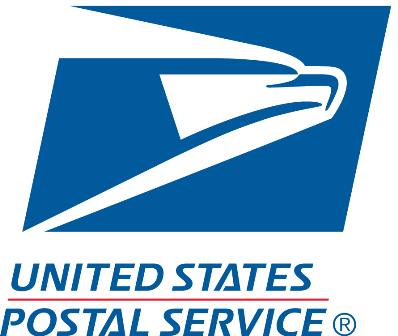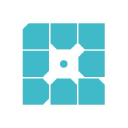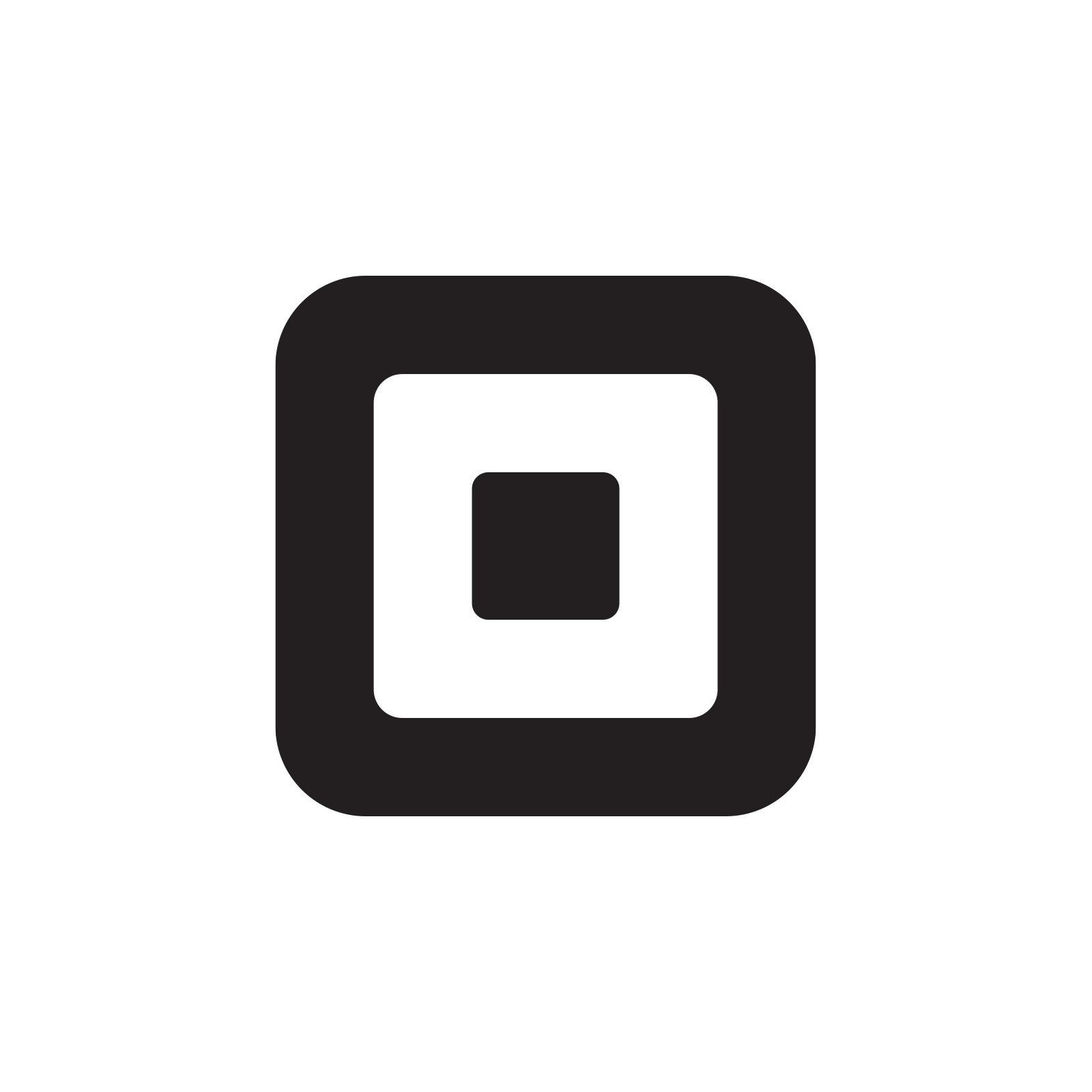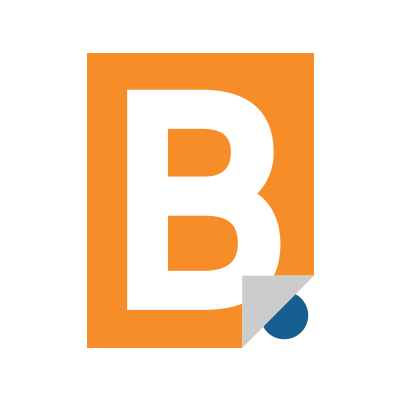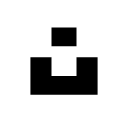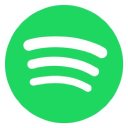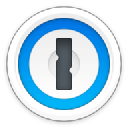Launching A $290K/Year Consulting Business After Closing Down My Previous Venture
Hello! Who are you and what business did you start?
I’m Heather ONeill and I’m the founder of Pixels for Humans. At Pixels, I work with SaaS startups and other product-based tech companies to build intentional businesses that care – about their impact on individuals, society, and the world. That often looks like a mix of business consulting, leadership coaching, and design services, always with a focus on embodying their values.
After 9 years, I’m proud to say I have a company that supports my life and the lives of my team – we choose to be picky about the projects we take on, and we maintain a 4-day work week; it’s important to me that the “For Humans” in our name includes our people too, not just our clients and their end users.

What's your backstory and how did you come up with the idea?
I got started in tech in 1999 when I took a course on...

Download the report and join our email newsletter packed with business ideas and money-making opportunities, backed by real-life case studies.

Download the report and join our email newsletter packed with business ideas and money-making opportunities, backed by real-life case studies.

Download the report and join our email newsletter packed with business ideas and money-making opportunities, backed by real-life case studies.

Download the report and join our email newsletter packed with business ideas and money-making opportunities, backed by real-life case studies.

Download the report and join our email newsletter packed with business ideas and money-making opportunities, backed by real-life case studies.

Download the report and join our email newsletter packed with business ideas and money-making opportunities, backed by real-life case studies.

Download the report and join our email newsletter packed with business ideas and money-making opportunities, backed by real-life case studies.

Download the report and join our email newsletter packed with business ideas and money-making opportunities, backed by real-life case studies.



